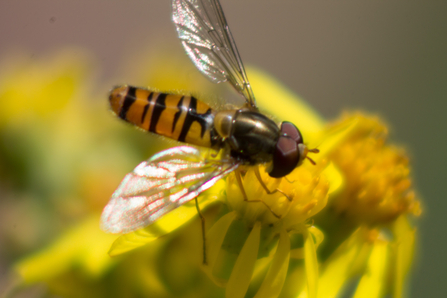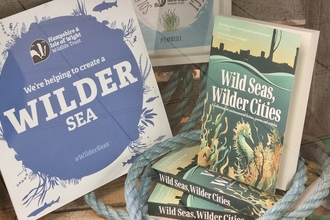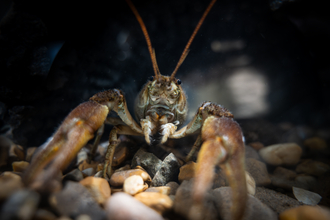The marmalade fly gets its name from its orange colour, and the different sized black bands across its body: 'thin cut', 'thick cut', just like marmalade! With its orange-and-black striped body, it is often mistaken for a wasp, but this harmless insect plays a vital role in the ecosystem.
Hoverflies are among our most important pollinators, visiting a wide range of flowers and ensuring plants can produce seeds and fruit. Unlike bees and butterflies, they are active throughout much of the year, even in cooler months when other pollinators are scarce. They are the second most significant pollinator after bees – some species of hoverfly are known to visit more flowers than bees.
These fascinating insects also provide natural pest control. The larvae of the marmalade hoverfly feed on aphids, making them a gardener’s ally by reducing the need for chemical pesticides. A single larva can consume hundreds of aphids during its development, helping to keep plant-eating pests in check. This makes hoverflies a crucial part of sustainable agriculture and wildlife-friendly gardening.
Marmalade hoverflies are highly migratory. Every year, millions travel across Europe, arriving in the UK from as far as the Mediterranean. Their ability to cover vast distances makes them resilient, but their populations, like those of many pollinators, are under pressure from habitat loss and climate change.




